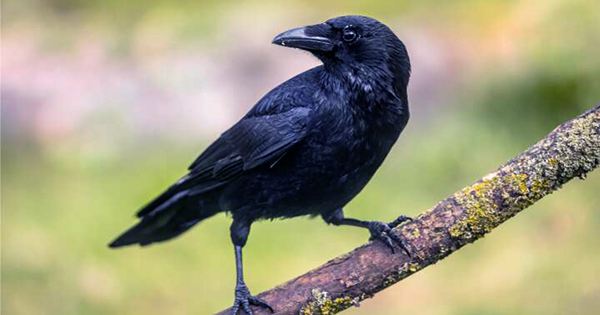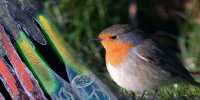It’s hard to imagine a world without emptiness, but it’s actually a surprisingly recent idea. It was discovered much later than numbers like two or 14 or even 3.9 or 64/13. And when you think about it, it’s no surprise – after all, if you’re trying to track down an ancient Babylonian sheep, then zero is pretty useless. Even if all your sheep died from some sheep plague, you wouldn’t say “I don’t have zero sheep” like some arrogance to test math.
You’d say something like “Opium Pass, Assagil-Kin-Appli”, all my sheep are dead, I have no sheep, it’s been a hell of a day. So it may come as a surprise that humans are not the only animals who can understand the concept: there is interesting evidence that honey bees can translate zero into quantity and (already impressive numbers) can also create rhesus macaques. And crows can, according to new research from the University of Tübingen in Germany.
In a study published in the Journal of Neuroscience this month, scientists showed that intelligent birds can not only understand zero as “nothing” as the sum of numbers – but they may also have an idea about it as the smallest number in the mental number line. Andreas Naider, co-author of the study, told IFLS, “These animals do not need to have the concept of zero – separate numbers as counts in their daily lives.” “But they’re smart enough to be able to learn this abstract section.”
The researchers trained the birds to play one-of-a-kind computer games, Nieder explained, where they were presented with two exhibitions, one after the other, combining four dots from zero. The purpose of the crow was to accurately indicate whether the two exhibits had the same number of points as each other. As they played the game, scientists observed the activity of their brains.
Previous experiments have shown that the Bird Crania of the Corvid Song contains neurons that will illuminate for one, two, three, or four points, respectively, but no one knows if there will be a similar response to the zero point display. “[W] E observed the activity of a single neuron in a part of the brain … which is known to be involved in cognitive functions,” Needer explained to IFLS. “By modifying the response of neurons to the behavior of crows, we can discover how the crow’s numerical sensations arose from the activity of such neurons.”















